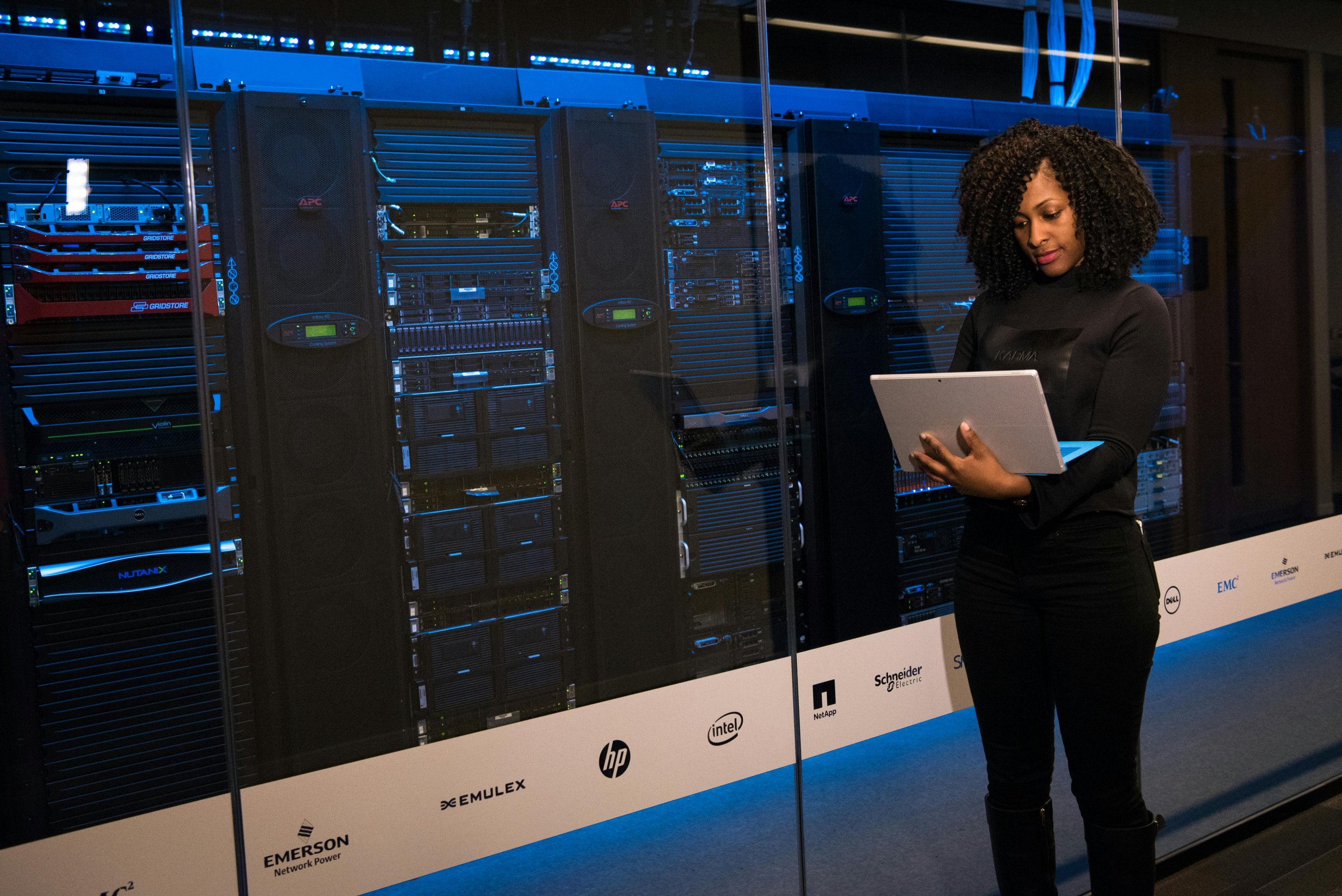Foundation Structures Behind Digital Operations
Modern business ecosystems depend on strong and responsive digital environments. At the base of every enterprise operation lies a core framework of IT infrastructure, layered to support data access, software performance, and round-the-clock availability. These layers typically include hardware, virtual environments, operating systems, and remote access interfaces, all monitored through automated systems.
A reliable infrastructure must be more than a collection of servers. Each component requires configuration precision, scalable design, and power backup. Physical servers, cloud environments, and hybrid platforms demand constant uptime and fast recovery pathways. These systems, paired with managed firmware and encrypted access channels, shield the core from unnecessary risk or user error.
Enterprise brands like BPOManila rely on these foundational systems not only for daily execution but also for large-scale operations spanning different time zones. A seamless experience for both internal staff and external clients requires infrastructure with zero bottlenecks. To ensure this, companies deploy resource-balancing solutions such as load balancers, replicated environments, and storage area networks.
Framework adaptability remains vital as well. With the evolution of cloud-native tools and software-defined networks, businesses need infrastructure that can shift rapidly without interrupting the client-facing layers. From system replication to real-time snapshots, today’s support mechanisms are designed to keep operations moving even as demand surges or locations shift.
Disaster Recovery Systems and Risk Response Protocols
In a data-driven economy, threats to digital stability are unavoidable. Cyberattacks, power outages, system failures, and natural disasters all pose serious risk to infrastructure continuity. IT support models must anticipate and counter these with built-in recovery protocols and strategic redundancies.
Disaster recovery strategies revolve around early detection, immediate failover, and reliable data restoration. Effective planning includes identifying Recovery Point Objectives and Recovery Time Objectives that define the acceptable limits of data loss and downtime. These objectives shape decisions on backup frequency, failover automation, and vendor selection.
Redundant systems stand as one of the first lines of defense. Distributed data centers, spread across separate regions, create physical and operational distance from the point of failure. These centers automatically replicate workloads and allow traffic rerouting if a primary location becomes unreachable.
Support teams are also trained on structured incident response flows. These include role assignments, contact lists, live dashboards, and automated notifications. By aligning these recovery operations with business goals, support mechanisms minimize service interruption and ensure regulatory compliance.
Regular drills strengthen this framework. Simulated outages or ransomware attacks test team readiness and recovery efficiency. Companies like BPOManila conduct these audits to identify gaps, improve documentation, and reinforce team collaboration during crisis mode.
Support Channels and Escalation Models
A robust infrastructure means little without fast and effective support access. IT support channels operate through tiered structures that address problems based on complexity, urgency, and impact. These structures define not just who responds, but how they respond and what tools they use.
Tier 1 represents the front line of user interaction. It handles password resets, system lockouts, simple installations, and common configuration issues. Automated assistants, chatbots, and searchable knowledge libraries often complement this level, offering users rapid resolution with minimal wait time.
Tier 2 manages problems requiring deeper technical insight, such as network latency, application errors, or hardware misconfigurations. These specialists use diagnostic tools and system-level access to address the issue’s root cause, often liaising with internal teams across development and operations.
Tier 3 handles critical infrastructure concerns, platform failures, and unknown root causes. It includes infrastructure engineers, system architects, and cybersecurity experts. Tier 3 also works closely with Tier 4 partners, including original equipment manufacturers or cloud service providers.
Central to every escalation model is ticketing intelligence. Incident tracking platforms prioritize tickets based on severity and customer impact. Artificial intelligence refines routing by learning from historical resolution data, enabling dynamic workflows that improve with scale.
Omnichannel support is now the expectation. Phone, chat, email, and even mobile app interfaces sync with internal systems to centralize incident management. This unified approach ensures faster response times, clear accountability, and improved user satisfaction.
Monitoring Networks and Infrastructure Insights
Visibility underpins every stable IT environment. Without continuous monitoring, system degradation goes unnoticed until failure. Monitoring tools scan networks, applications, and endpoints to provide real-time insights into performance and security health.
Advanced tools like Zabbix, SolarWinds, or Datadog track CPU usage, memory capacity, disk activity, and latency fluctuations. These metrics are displayed in live dashboards, with color-coded alerts that signal anomalies. Trigger thresholds allow automatic escalation or intervention, often before end users feel an impact.
Logs form a second layer of visibility. Devices, applications, and access points continuously generate logs that reveal trends, errors, and access behavior. Support teams use these to conduct root cause analysis, track recurring patterns, and generate performance baselines.
Security monitoring overlaps with performance tracking. Firewalls, endpoint detection software, and intrusion prevention systems all tie into the infrastructure’s broader visibility map. These tools identify port scans, login anomalies, malware activity, or unauthorized configuration changes, alerting support teams in real time.
Monitoring also feeds into strategic planning. Capacity forecasting tools use trend data to anticipate demand spikes or hardware limitations. Automated resource scaling, powered by machine learning, provisions extra power during peak hours and scales down during quiet periods.
In organizations like BPOManila, this level of oversight guarantees availability across global support centers, allowing for uninterrupted service delivery across varying operational landscapes.
Continuity Systems Across Evolving Environments
IT support must grow with the business it serves. As user behavior shifts, platforms evolve, and new regulations emerge, continuity systems must keep pace through structured evolution. Long-term stability depends not only on equipment or tools, but also on planning, training, and adaptability.
Remote access solutions have become essential in hybrid work environments. Secure VPNs, remote desktop clients, and cloud workspaces enable teams to operate safely from outside the core network perimeter. These connections are governed by authentication layers, endpoint policies, and session monitoring tools that enforce enterprise-level standards.
Business continuity platforms also include configuration backups, software license tracking, and asset management dashboards. These tools help organizations restore environments to known-good states, regardless of whether disruptions result from human error or system malfunction.
Support teams conduct routine audits to ensure systems remain aligned with business needs. These audits assess hardware age, software patch levels, compliance status, and user feedback loops. Change management tools record system modifications and maintain rollback points, ensuring reversibility in case of conflict.
Training strengthens continuity further. Whether onboarding new employees or upskilling IT staff, organizations must continually educate their teams on updated protocols, emerging threats, and optimized response techniques. Hands-on labs, knowledge checks, and simulation testing equip teams with practical skills.
Finally, executive alignment ensures that IT support remains integrated with strategic priorities. Infrastructure goals are reviewed at leadership levels to ensure funding, resource allocation, and staffing reflect the organization’s growth trajectory.

